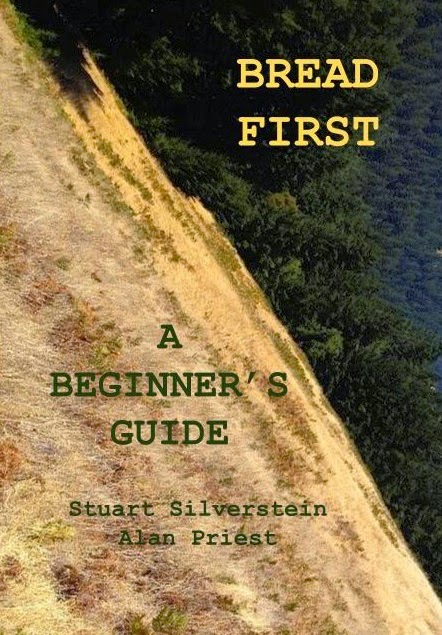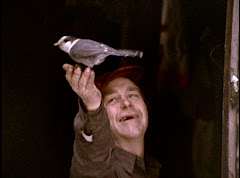If you're baking indoors in a conventional oven, be it gas or electric, there's only one way I know of to make great bread. To make the best breads, you have to bake undercover, and that means baking in some sort of cloche.
The cloche might be a cast iron Dutch oven, La Cloche, an inverted flowerpot or some other variation. Baking undercover attempts to replicate the conditions of a genuine wood-fired bakeoven by trapping the steam escaping from the baking loaf. To make a fine crust you need steam. If you don't bake undercover, the steam simply dissipates too quickly from a conventional oven to do any good. Your baking loaf needs to be surrounded by a cloud of hot steam that will postpone the formation of tough crust. The most popular device on the market that allows you to trap the steam is La Cloche, but the price is around $54.00. I've had a couple of them, and they do a fine job, but the bottoms tend to break from hot ovens. If it only happened to me, then I'd be suspect of my procedures, but I know it's happened to others as well.
You could easily make your own oven insert out of a clay pot, and it will work just as well. Your cost would be under $15.00.
A Dutch oven also does a superb job, and I bought a beautiful one from Lodge.
What to expect
The cloche might be a cast iron Dutch oven, La Cloche, an inverted flowerpot or some other variation. Baking undercover attempts to replicate the conditions of a genuine wood-fired bakeoven by trapping the steam escaping from the baking loaf. To make a fine crust you need steam. If you don't bake undercover, the steam simply dissipates too quickly from a conventional oven to do any good. Your baking loaf needs to be surrounded by a cloud of hot steam that will postpone the formation of tough crust. The most popular device on the market that allows you to trap the steam is La Cloche, but the price is around $54.00. I've had a couple of them, and they do a fine job, but the bottoms tend to break from hot ovens. If it only happened to me, then I'd be suspect of my procedures, but I know it's happened to others as well.
You could easily make your own oven insert out of a clay pot, and it will work just as well. Your cost would be under $15.00.
A Dutch oven also does a superb job, and I bought a beautiful one from Lodge.
Most "experts" who bake undercover say you must remove your cover anywhere from 15 to 30 minutes into the bake. Then you're instructed to finish the bake without a cover. Yes, this certainly works, but if your goal (as is mine) is to strive for a thin, crisp crust, then leave the cover in place for the full bake, but reduce the temperature for the last 15 minutes. I bake on a shelf half way up the oven, but on the lowest shelf I place an insulated cookie sheet to help deflect heat away from the bottom of the baking bread. This will keep the crust from burning.









